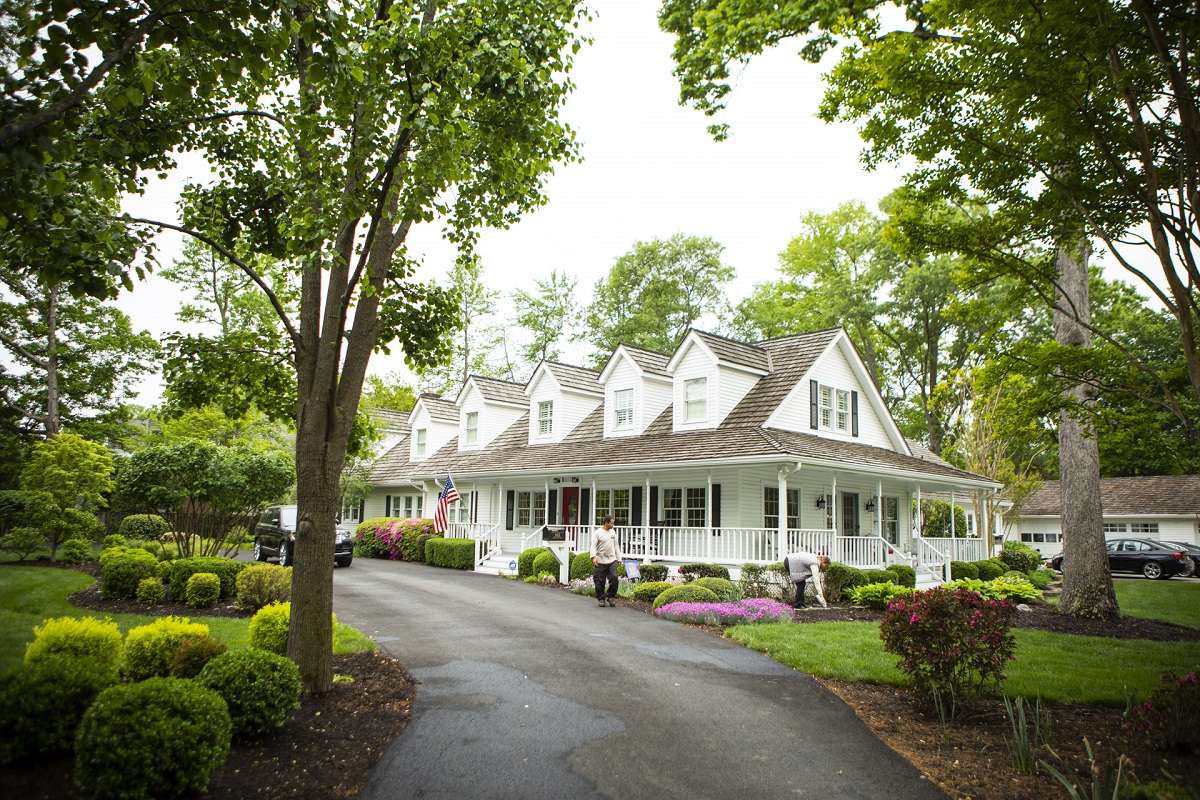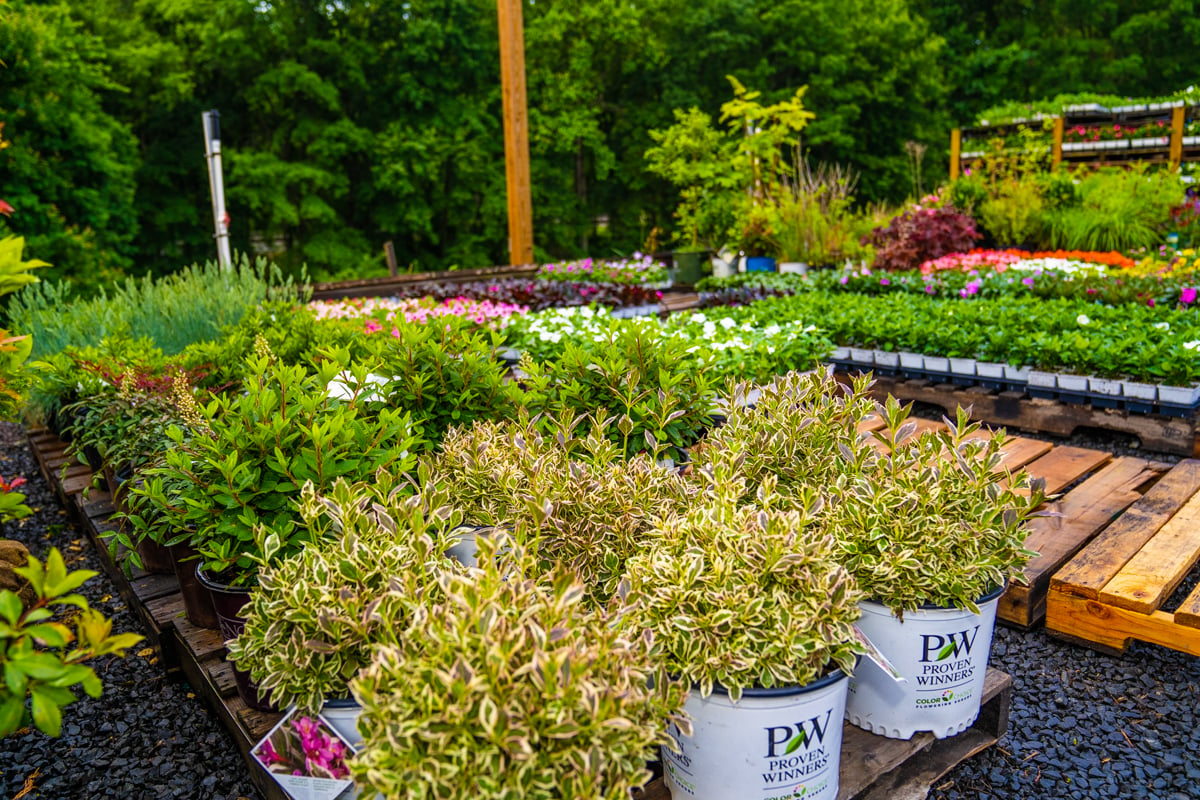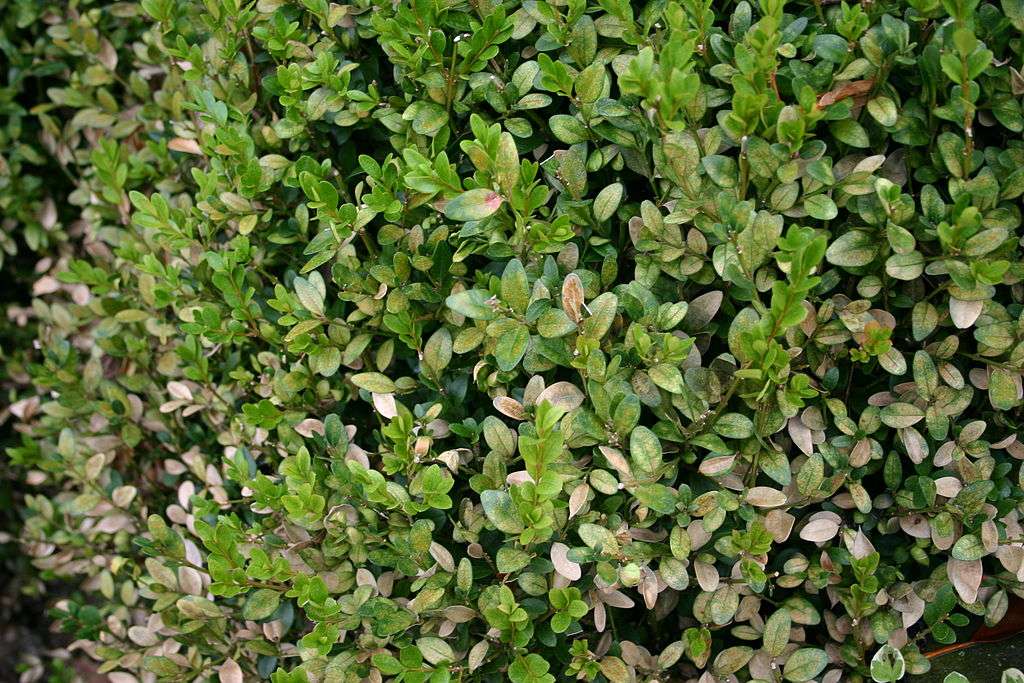


When you think of drainage solutions for your Northern Virginia yard, chances are you aren’t picturing anything too aesthetically pleasing.
You might imagine piping, drain grates and tubes. While that’s one way to address drainage, the truth is, there are many ways to address excess water in the yard, including a rain garden design.
In this article, we will answer some of the most common questions about using rain gardens for yard drainage.
We will address:
We spoke to Amanda McNiff, our Landscape Designer about rain gardens for yard drainage. She has created some beautiful rain garden designs that have helped to effectively address excess water.
Here are some of her answers to common rain garden questions.
A rain garden is a garden that is installed below the level of the surrounding land in order to purposely collect runoff water. It’s important to use Virginia rain garden plants that can withstand excess water.
There are certainly going to be plants that are not suited for a rain garden because they can’t handle too much moisture. We will cover the best plants for rain gardens in another section.
Amanda says to keep in mind that a rain garden does not have to be huge. A small rain garden can be an effective solution for a yard that gets a little bit soggy.
“It’s a place to capture water and prevent it from going into the street as runoff,” Amanda explains. “A rain garden is a more creative drainage solution that not only solves a problem but is beautiful, too.”
First, it should be determined where to install the rain garden. We will cover determining the location in more depth in another section.
Physically, a rain garden starts with digging a hole, says Amanda. Then you’ll use layers of permeable geotextile fabric and gravel as a base or what Amanda calls the “reservoir.” The rain garden will sit lower than your surrounding land so that it becomes a natural drainage location. Water is always going to follow the path of least resistance.

“Once you've dug a hole and created your base, next you will backfill with soil, biomedium, and incorporate your plants,” Amanda continues. “You must choose plant material that can handle being wet for an extended amount of time. The plants should also be well-suited to the local environment in general.”
For instance, she says you have to consider how much sunlight the rain garden is getting and whether you are choosing plants that can handle that amount of sun.
As we’ve mentioned, the location of your rain garden design on your property is a critical consideration.
According to Amanda, every project is going to be different, but a lower point in the yard, where water is naturally flowing, makes the most sense.
“I had a client last year that we did a rain garden for,” shares Amanda. “They had water coming from their neighbor’s yard above them, and it was flowing to a very concentrated area. They wanted to know what they could do to stop their hillside from washing out. Instead of fighting where the water wants to go, we created something beautiful from it.”

Amanda says that rain garden design included a river rock swale leading to a rain garden. When there is a rain event, the yard suddenly looks like it has a water feature running through it.
Now rain, which used to be a major headache, is something they almost look forward to!
“The water goes down the river rock and dumps into the rain garden,” Amanda says.
“Previously, rain was leaving the yard a muddy mess. Now, it’s a beautiful drainage system. If you’re going to spend all of this money solving a drainage issue, you can at least make it pretty. We took a problem and we created something beautiful from it.”
Choosing the best plants for rain gardens will be critical to the success of your design. As Amanda has mentioned, these need to be plants that can withstand being wet for an extended period of time.
However, they also have to be well-suited to the local environment.
That means if your rain garden is in a location that doesn’t get a lot of sun, it needs to be able to hold up in the shade. Conversely, if it’s in a sunny location, they need to withstand the sunlight.

Like any other plant installation project, you must consider what works well for our region.
Northern Virginia falls primarily into Zone 7b for planting.
Some Virginia rain garden plants that will generally perform well in our region include:
These are just some ideas, but the right plants for your rain garden design will be determined based on what will work well in your yard.
Rain gardens can be an effective drainage solution that can prevent your yard from becoming soggy or messy after a rain event. Rain gardens for yard drainage can also help prevent runoff.
Of course, Amanda says it’s important that forethought and planning is put into the rain garden design to help increase its effectiveness.
“Quantifying exactly how much water is going to reach the rain garden can be a hard question to answer,” adds Amanda.
“If we know how much square footage is going off of the roof into the gutter, we can use this to calculate how much water will end up in the rain garden and whether or not it can handle it.”
Amanda says 100-year storms and unlikely rain events that dump way more rain (in a short amount of time) can be problematic.
“That is where an overflow pipe comes in,” she says. “If you put in a rain garden that can handle an average storm, it’s going to capture the majority of the rain on the property. But in those unlikely rain events, an overflow pipe will provide a backup solution that sends the excess somewhere else.”
There are no disadvantages, says Amanda, it is just important to have realistic expectations. As with any landscape addition to your property, a rain garden will come with some maintenance.
“There’s obviously more maintenance involved in a rain garden than a drainage solution like a pipe to the curb,” she says. “But it’s nothing extraordinary or overburdening.”
She said some general maintenance tasks of a rain garden include making sure the plant material is properly cared for and that the drainage isn’t backing up. This requires an occasional eye on what’s going on.

“You also want to make sure the river rock isn’t getting full of debris and that everything looks tidy and clean,” Amanda continues. “This may require some general freshening up.”
If you are thinking about adding a rain garden for yard drainage, you want to ensure that you are working with a landscape professional who knows how to design and build one.
If not designed properly, your rain garden is not going to be an effective drainage solution.
It’s important to choose a landscape company with not only landscape installation experience (specifically with rain gardens) but extensive horticultural knowledge.
As we’ve said, the right plant selection is critical to the success of your rain garden design.
At Kingstowne Lawn & Landscape, we have designed and built many landscape installation projects, including those featuring various drainage solutions. We love incorporating rain gardens as they are an attractive AND effective solution for yard drainage.
Ultimately, making a smart choice will help give you peace of mind. By choosing the right landscaping contractor for the work, you’ll feel confident that you have the optimal solution that will enhance your property while also addressing your water woes.
If you’re looking for confidence that your landscape design will have everything it needs, request a landscape consultation, get your customized plan, and relax as you get the royal treatment.

Since 1997, Krisjan has led the Kingstowne team with one simple philosophy, treat every customer like the “only” customer. His passionate pursuit of impeccable customer service has resulted in 24 successful years and a thriving company with over 85 employees, helping thousands of homeowners in the Alexandria, Arlington, and Springfield, VA area get what they want - a worry-free property they can be proud of.



